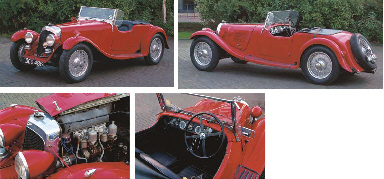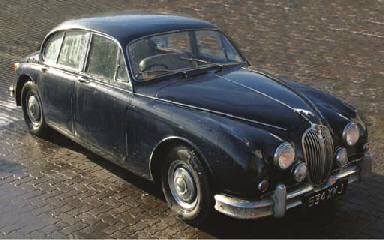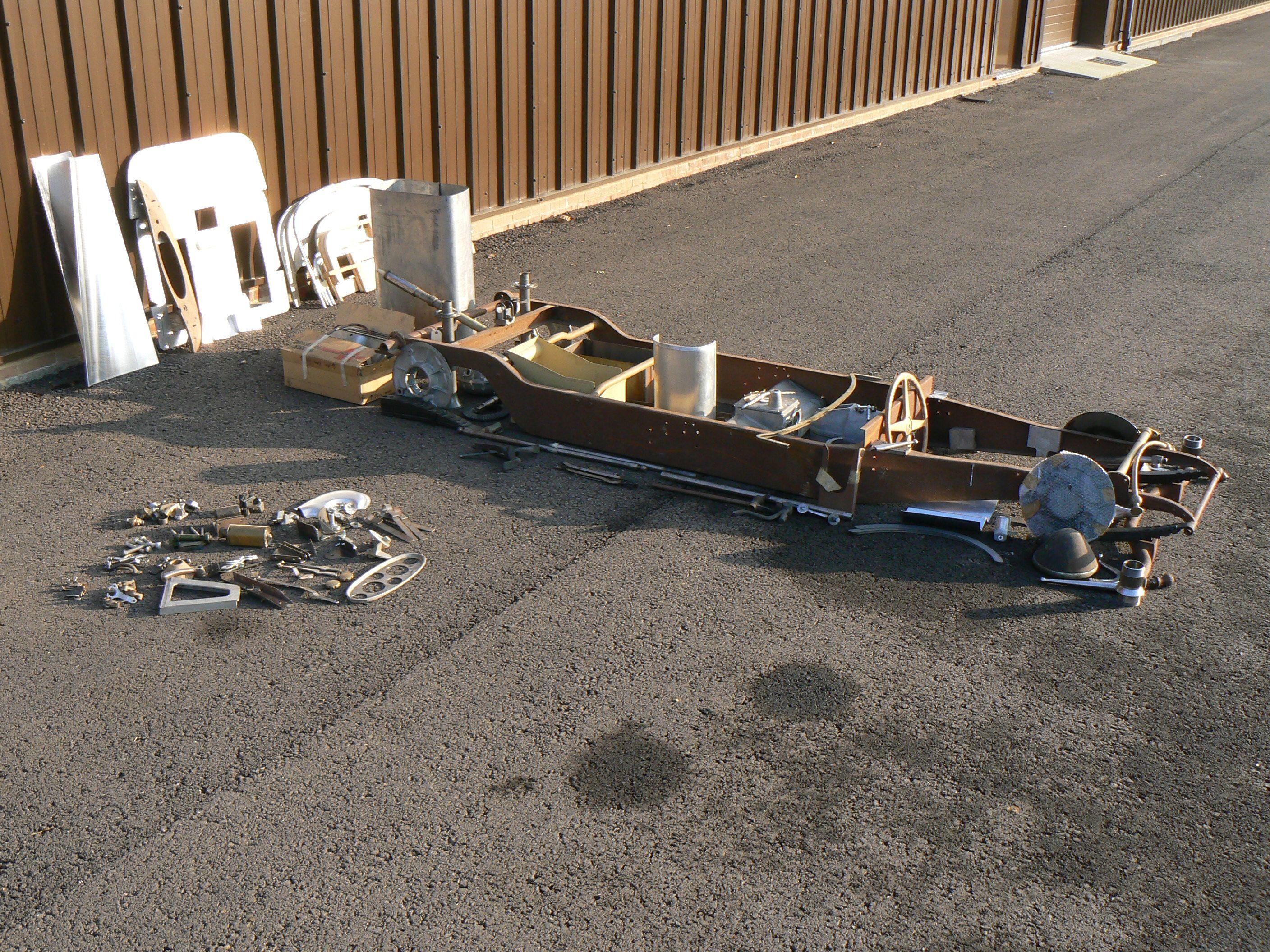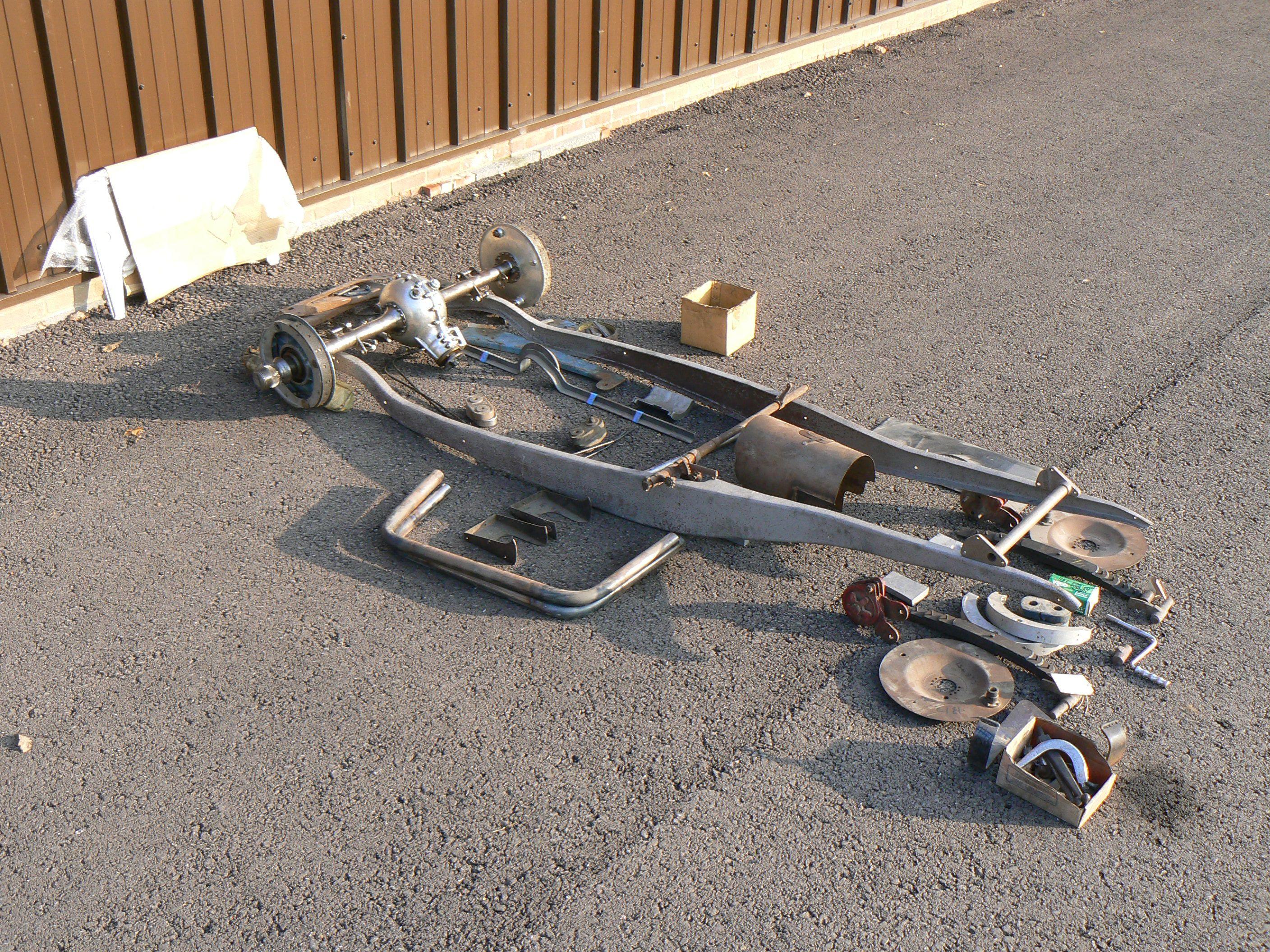Sold by Order of the Family: The mounted group of eight miniature dress medals awarded to Brig. WM Eastman, G.C., Royal Army Ordnance Corps George Cross; 1939-45 Star; Africa Star, clasp, 8th Army; Italy Star; Defence and War Medals; Coronation 1953; Jubilee 1977, all base metals, unnamed, mounted court style as worn, good very fine (11) £500-700 Footnote The recipient’s full-size George Cross group was sold as lot 1393 in D.N.W. 19 March 2008. G.C. London Gazette 24 December 1940: ‘For most conspicuous gallantry in carrying out very hazardous work.’ The original recommendation - written in conjunction with that for fellow R.A.O.C. officer, Captain R. L. J. Jones - states: ‘On various dates Lieutenant Eastman, with Captain R. L. J. Jones, R.A.O.C., worked under dangerous and trying conditions and performed acts of considerable gallantry in dealing with large numbers of various unexploded bombs, some of which were in a highly dangerous state and of the German delay type. On one occasion, these officers showed particular gallantry in dealing with an 1100lb. German bomb. Two attempts were made to explode this bomb but it failed to detonate; at the third attempt when it was in a most dangerous state, they succeeded in detonating it. On a second occasion, these officers, assisted by a Master Rigger of H.M. Dockyard, succeeded in removing a 400lb. high explosive Italian unexploded bomb which had been under water for a week in a 20ft. deep well inside a house. This bomb, fused at both ends, was in a dangerous state. It had to be raised to the ground floor by means of a gin, tackle, sling and ropes. This operation was doubly dangerous, as: (a) There was a possibility of the sling slipping while the bomb was being hauled up and (b) The bomb was two and half ft. long, the mouth of the well three ft. one inch wide, and for safety the bomb had to be kept horizontal, if possible, and pulled up thus. Lieutenant Eastman assisted the Master Rigger, guided the bomb from the floor of the well, and Captain Jones went to the top to guide it through the opening. They succeeded in getting the bomb out although there was only a six inch clearance as it came through the mouth of the well.’ William Marsden “Bill” Eastman was born in Brentford in October 1911 and was educated at Uppingham and Cambridge University, but had to leave the latter seat of learning on his father’s death, in order to take over the family dyeing and dry-cleaning business. And it was as a result of his knowledge of chemicals drawn from that business that he was recommended for a commission in the Royal Army Ordnance Corps on volunteering shortly before the outbreak of hostilities. Having then attended the Inspecting Ordnance Officer’s course at Bramley, he was embarked for Malta in March 1940. Subsequent events are best summarised by Brigadier Sir John Smyth V.C., in The Story of the George Cross: ‘At this period of the war in Malta, no expert Royal Engineer Bomb Disposal units had been formed and the job of attending to unexploded bombs and mines dropped on the Island had to be handled by the R.A.O.C. - in fact Jephson Jones and Eastman. They had no great special equipment, no trained staff and very little knowledge of the mechanism of German and Italian missiles. They just had to learn as they went along. They were told that they would have to deal with all unexploded bombs and mines which fell on the Island except those which dropped in the dockyard area and on airfields, which were dealt with by the Royal Navy and the Royal Air Force. No one imagined - or at any rate no one in Malta had imagined - that Malta would become such a target for the venom, first of the Italian Air Force and then of the Germans. But between 10 June and mid-November 1940, when their job was taken over by a properly constituted and trained R.E. Bomb Disposal unit, Jephson Jones and Eastman dealt with some 275 unexploded bombs. Their courage was beyond all praise and it was a miracle that they both re
Sold by Order of the Family: The mounted group of eight miniature dress medals awarded to Brig. WM Eastman, G.C., Royal Army Ordnance Corps George Cross; 1939-45 Star; Africa Star, clasp, 8th Army; Italy Star; Defence and War Medals; Coronation 1953; Jubilee 1977, all base metals, unnamed, mounted court style as worn, good very fine (11) £500-700 Footnote The recipient’s full-size George Cross group was sold as lot 1393 in D.N.W. 19 March 2008. G.C. London Gazette 24 December 1940: ‘For most conspicuous gallantry in carrying out very hazardous work.’ The original recommendation - written in conjunction with that for fellow R.A.O.C. officer, Captain R. L. J. Jones - states: ‘On various dates Lieutenant Eastman, with Captain R. L. J. Jones, R.A.O.C., worked under dangerous and trying conditions and performed acts of considerable gallantry in dealing with large numbers of various unexploded bombs, some of which were in a highly dangerous state and of the German delay type. On one occasion, these officers showed particular gallantry in dealing with an 1100lb. German bomb. Two attempts were made to explode this bomb but it failed to detonate; at the third attempt when it was in a most dangerous state, they succeeded in detonating it. On a second occasion, these officers, assisted by a Master Rigger of H.M. Dockyard, succeeded in removing a 400lb. high explosive Italian unexploded bomb which had been under water for a week in a 20ft. deep well inside a house. This bomb, fused at both ends, was in a dangerous state. It had to be raised to the ground floor by means of a gin, tackle, sling and ropes. This operation was doubly dangerous, as: (a) There was a possibility of the sling slipping while the bomb was being hauled up and (b) The bomb was two and half ft. long, the mouth of the well three ft. one inch wide, and for safety the bomb had to be kept horizontal, if possible, and pulled up thus. Lieutenant Eastman assisted the Master Rigger, guided the bomb from the floor of the well, and Captain Jones went to the top to guide it through the opening. They succeeded in getting the bomb out although there was only a six inch clearance as it came through the mouth of the well.’ William Marsden “Bill” Eastman was born in Brentford in October 1911 and was educated at Uppingham and Cambridge University, but had to leave the latter seat of learning on his father’s death, in order to take over the family dyeing and dry-cleaning business. And it was as a result of his knowledge of chemicals drawn from that business that he was recommended for a commission in the Royal Army Ordnance Corps on volunteering shortly before the outbreak of hostilities. Having then attended the Inspecting Ordnance Officer’s course at Bramley, he was embarked for Malta in March 1940. Subsequent events are best summarised by Brigadier Sir John Smyth V.C., in The Story of the George Cross: ‘At this period of the war in Malta, no expert Royal Engineer Bomb Disposal units had been formed and the job of attending to unexploded bombs and mines dropped on the Island had to be handled by the R.A.O.C. - in fact Jephson Jones and Eastman. They had no great special equipment, no trained staff and very little knowledge of the mechanism of German and Italian missiles. They just had to learn as they went along. They were told that they would have to deal with all unexploded bombs and mines which fell on the Island except those which dropped in the dockyard area and on airfields, which were dealt with by the Royal Navy and the Royal Air Force. No one imagined - or at any rate no one in Malta had imagined - that Malta would become such a target for the venom, first of the Italian Air Force and then of the Germans. But between 10 June and mid-November 1940, when their job was taken over by a properly constituted and trained R.E. Bomb Disposal unit, Jephson Jones and Eastman dealt with some 275 unexploded bombs. Their courage was beyond all praise and it was a miracle that they both re















Try LotSearch and its premium features for 7 days - without any costs!
Be notified automatically about new items in upcoming auctions.
Create an alert